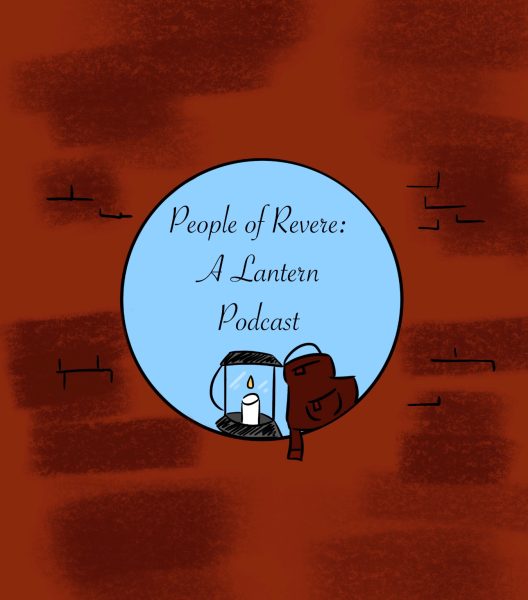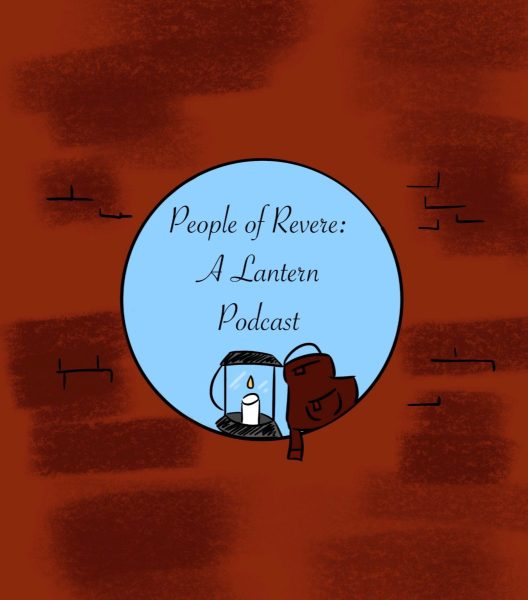Students participate in skateboarding
When junior Jonah Stupar was five years old, he got his first skateboard for Christmas. After watching “Rocket Power” on Nickelodeon, Stupar hit the skate parks when he was nine. About three years later, now seniors Bryce Nicholson, Nick Crockett, and Michael Kovacevich, looking for something fun to do with friends, began to get into the skateboarding scene as well. Now, when they are not injured or busy with other sports, they skateboard as a fun activity to challenge themselves and spend time with their friends.
Stupar, Nicholson, Crockett and Kovacevich all share an interest in skateboarding. The boys can perform basic tricks that require precise balance. They skate at skate parks around the area in groups, not for a team or a club, but for their own enjoyment.
Stupar likes the feeling of being free and the challenge that comes with skating. His interest in skateboarding has led him into scootering. He can do most of the basic tricks on both, and he considers himself better at “street riding.”
“There are two types of riders. The street riders do tricks on stairs and rails, and then there are vert riders who go off ramps and do tricks in the air,” Stupar said.
Tricks on the skateboard vary from flat ground tricks to jumping down stairs and sliding on ledges and rails. Crockett noted that practice is the only way for a skater to master different tricks.
“It just takes a lot of repetition in order to get the muscle memory in your feet when learning new tricks,” Crockett said.
Stupar explained that whatever one is riding, whether it be a skateboard, a scooter or a bike, he or she has to learn how to use it before attempting tricks.
“You have to get comfortable on the board before you start doing tricks. It is like learning to walk before you run,” Stupar said.
Kovacevich noted that he has devoted hours of practice to learning different tricks. His favorite types of tricks are gaps where he skates over stairs or on hand rails.
“When I actually do [a trick], I try not to think about anything, because if you think about something bad then something bad usually happens,” Kovacevich said.
Nicholson noted that he was never really into practicing tricks, but he does know that one must have impeccable balance to land them.
“If you land just a little bit on your toes, or a little bit on your heels, then it is going to throw you off,” Nicholson said.
When riding at high speeds, performing jumps and riding the rails comes the possibility for injury. Nicholson suffered an ankle injury about a year ago. He tore four ligaments and has not been able to skate since.
“I was just warming up, and the board landed sideways. When I landed on the board, it fell over,” Nicholson explained.
Kovacevich has also torn a couple of ligaments in his ankle from landing sideways. Crockett noted that he has sprained both his wrists and ankles several times. Stupar noted the hours of practice and risk of injury, however, cannot compare with the feeling of being on the board, adrenaline on a high. Nicholson explained how he feels when he skates.
“It is sort of cliché, but I felt free. It is a sport that you can do where you have complete control over everything,” Nicholson said.
Stupar, Nicholson, Kovacevich and Crocket all enjoy skateboarding and the “natural, mindless fun” it has to offer, as well as learning new tricks and the feeling of freedom that accompanies the activity. While they agree that it would be fun to pursue the sport further, they would like to keep it as an activity that they just do for enjoyment.


